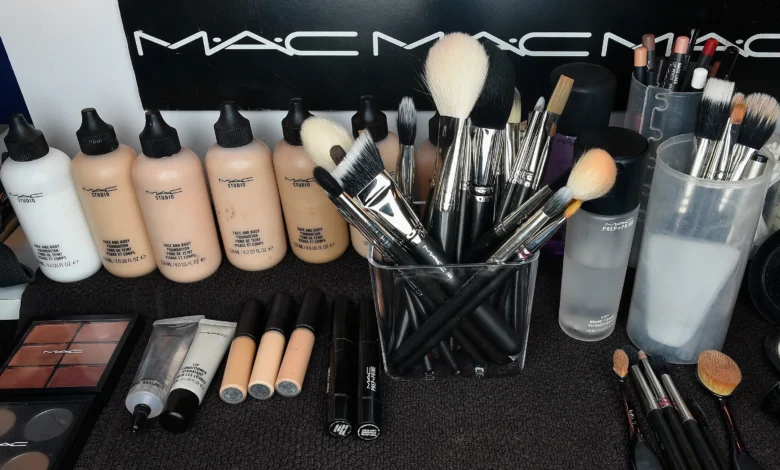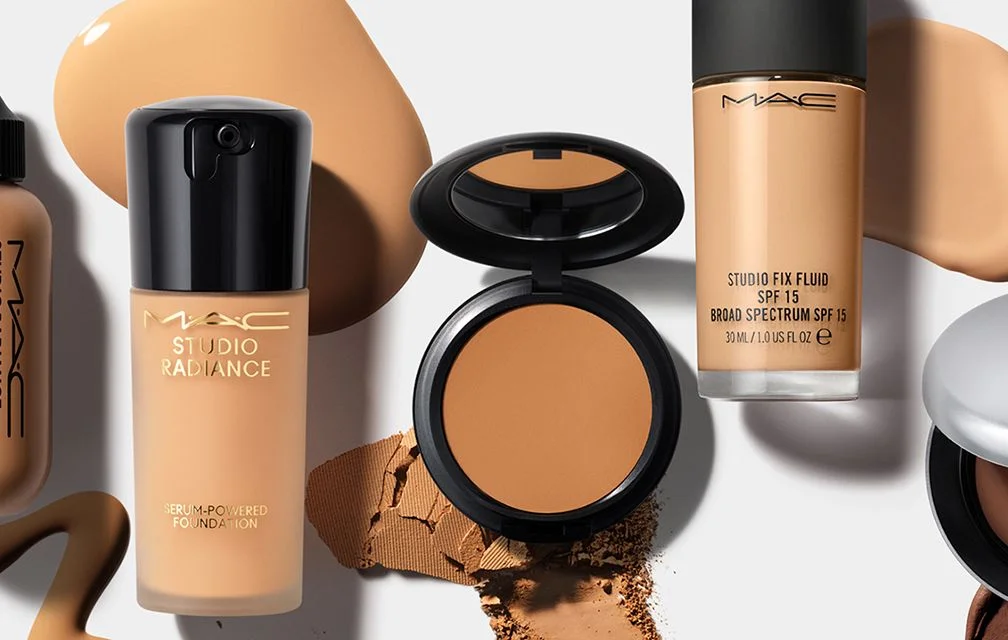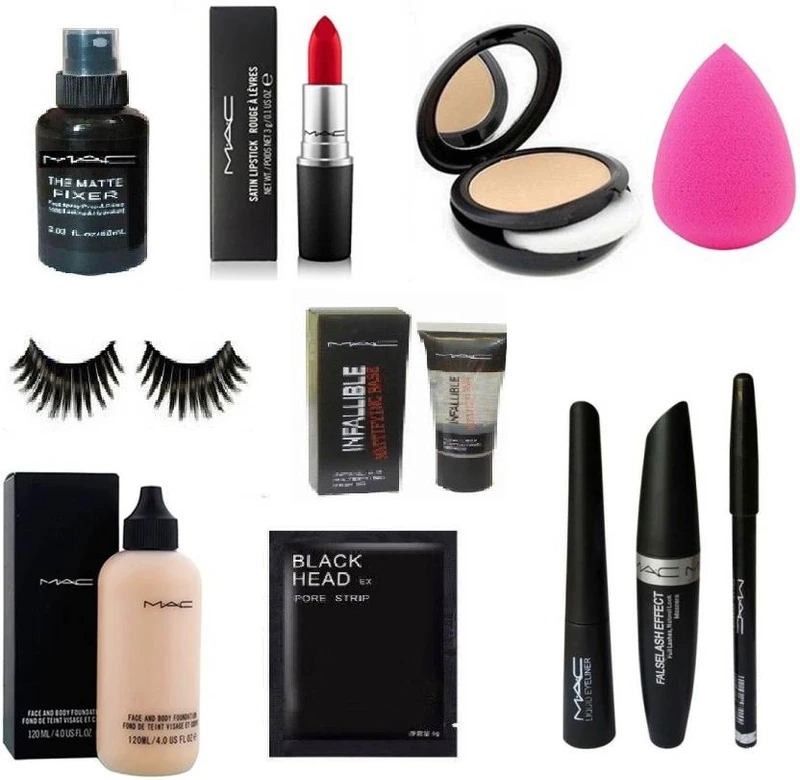How MAC Cosmetics Redefined Beauty Through Bold Vision

How MAC Cosmetics Redefined Beauty Through Bold Vision. In 1984, amidst the glitz and glam of Toronto’s fashion scene, two men—Frank Toskan, a makeup artist and photographer, and Frank Angelo, a salon owner—set out to solve a problem that few cosmetics brands at the time were addressing. As professionals working behind the camera, they needed makeup that could withstand the intensity of photo shoots while delivering high-impact color and flawless results under studio lighting. Frustrated with existing options, they decided to make their own. Thus, MAC Cosmetics—short for Make-up Art Cosmetics—was born, not in a corporate boardroom, but in a kitchen.
A Brand Created for Artists, by Artists
MAC’s early identity was firmly rooted in artistry and authenticity. Its founders weren’t chasing mass appeal; they were creating products that served real creative needs. From the beginning, MAC positioned itself as a brand that didn’t follow rules—it wrote them. That outsider ethos resonated with professional makeup artists, drag performers, models, and fashion insiders.
The company’s breakthrough came through word-of-mouth and on-set usage rather than traditional advertising. Makeup artists were raving about the intense pigments and long-lasting formulas. Soon, MAC lipsticks and foundations were staples in photo studios and on runways.

Challenging Industry Norms With Bold Inclusivity
In the early 1990s, MAC made a defining move that would become its hallmark: it embraced inclusivity before it became a marketing buzzword. While many beauty brands offered limited shades catering to narrow beauty ideals, MAC launched a diverse range of foundation tones and celebrated all genders, races, and ages in its campaigns.
This ethos crystallized with the launch of the VIVA GLAM campaign in 1994, spearheaded by drag icon RuPaul. Proceeds from the VIVA GLAM lipstick were directed to HIV/AIDS organizations—raising both awareness and over $500 million to date. At a time when the beauty industry largely avoided political and social causes, MAC leaned in unapologetically. That courage built emotional loyalty.
Strategic Expansion Through Retail Experience
In 1996, Estée Lauder Companies took notice and acquired a majority stake in MAC, later taking full ownership in 1998. But unlike many acquisitions that dilute brand identity, Lauder allowed MAC to retain its distinct voice. The brand expanded globally, but its in-store experience remained consistent: vibrant, edgy, and artist-first.
MAC’s standalone boutiques and counters at department stores didn’t feel like traditional cosmetics counters. Staff wore all black, makeup was bold, and self-expression was celebrated. The brand didn’t sell beauty; it sold empowerment.

Innovation Through Cultural Relevance
MAC thrived on staying ahead of cultural currents. Long before influencer marketing became the norm, MAC tapped into pop culture by collaborating with trendsetters—from musicians like Rihanna and Nicki Minaj to pop culture phenomena like Hello Kitty and The Simpsons. These limited-edition collections weren’t gimmicks; they were cultural moments, bridging the gap between beauty and art.
The brand also innovated in product design and performance, with professional-grade quality accessible to consumers. Collections like Studio Fix, Ruby Woo lipstick, and Prep + Prime sprays became not just popular, but iconic.
Challenges and Reinvention
Despite its strong identity, MAC faced growing competition in the 2010s from digitally native brands and influencer-driven cosmetics lines. Its traditional retail model was tested, and the brand had to evolve to meet new consumer expectations.
MAC responded by deepening its e-commerce capabilities and revamping its digital presence. Collaborations became more community-driven, and social media engagement focused on authenticity and artistry over polish. The brand also launched shade extensions and reasserted its inclusive legacy amid growing consumer demand for diversity.

Key Milestones in MAC’s Journey
- MAC Cosmetics founded in Toronto, Canada.
- Launch of VIVA GLAM with RuPaul—100% of proceeds go to HIV/AIDS causes.
- Estée Lauder acquires majority stake; global expansion accelerates.
- Iconic product launches and pop culture collaborations elevate brand visibility.
- Digital reinvention, expansion into virtual try-on tools, and renewed focus on inclusive campaigns.
Lessons for Aspiring Entrepreneurs
- Solve for Real Needs: MAC was born out of a specific, underserved need—makeup for photography. Identify and solve a clear problem.
- Lead With Purpose: The VIVA GLAM campaign showed how purpose can coexist with profit.
- Stay Culturally Relevant: MAC remained ahead by aligning with art, music, and cultural figures.
- Don’t Dilute Your Identity: Even with acquisition, MAC preserved its edge. Protect your brand’s soul.
Conclusion
MAC Cosmetics didn’t just sell makeup—it redefined what beauty could look like, who it could serve, and how it could engage with the world. Its story is a masterclass in building a brand that leads with values, dares to disrupt, and adapts without losing authenticity. For entrepreneurs, MAC’s journey proves that being bold, inclusive, and purpose-driven isn’t just admirable—it’s scalable.




